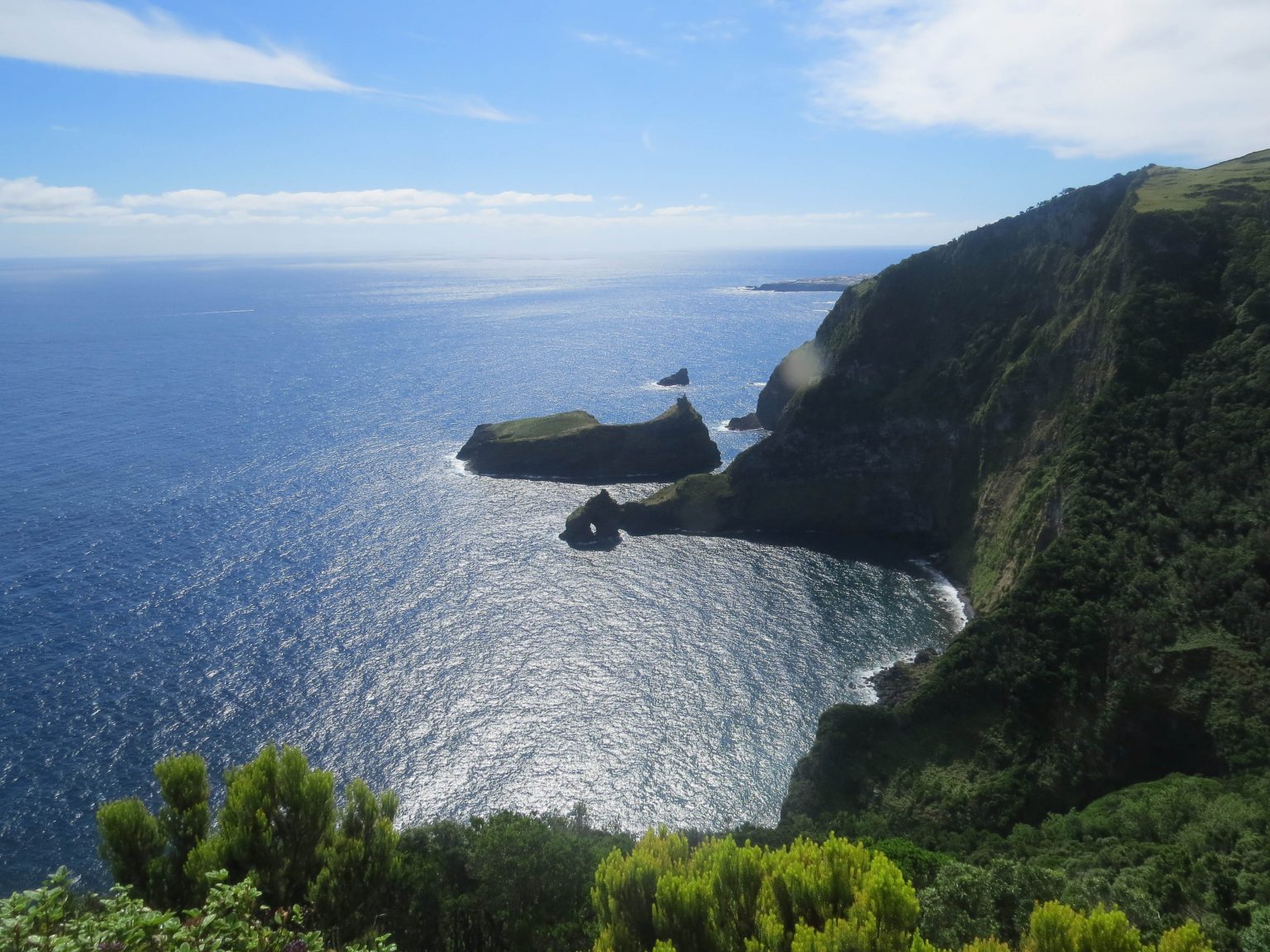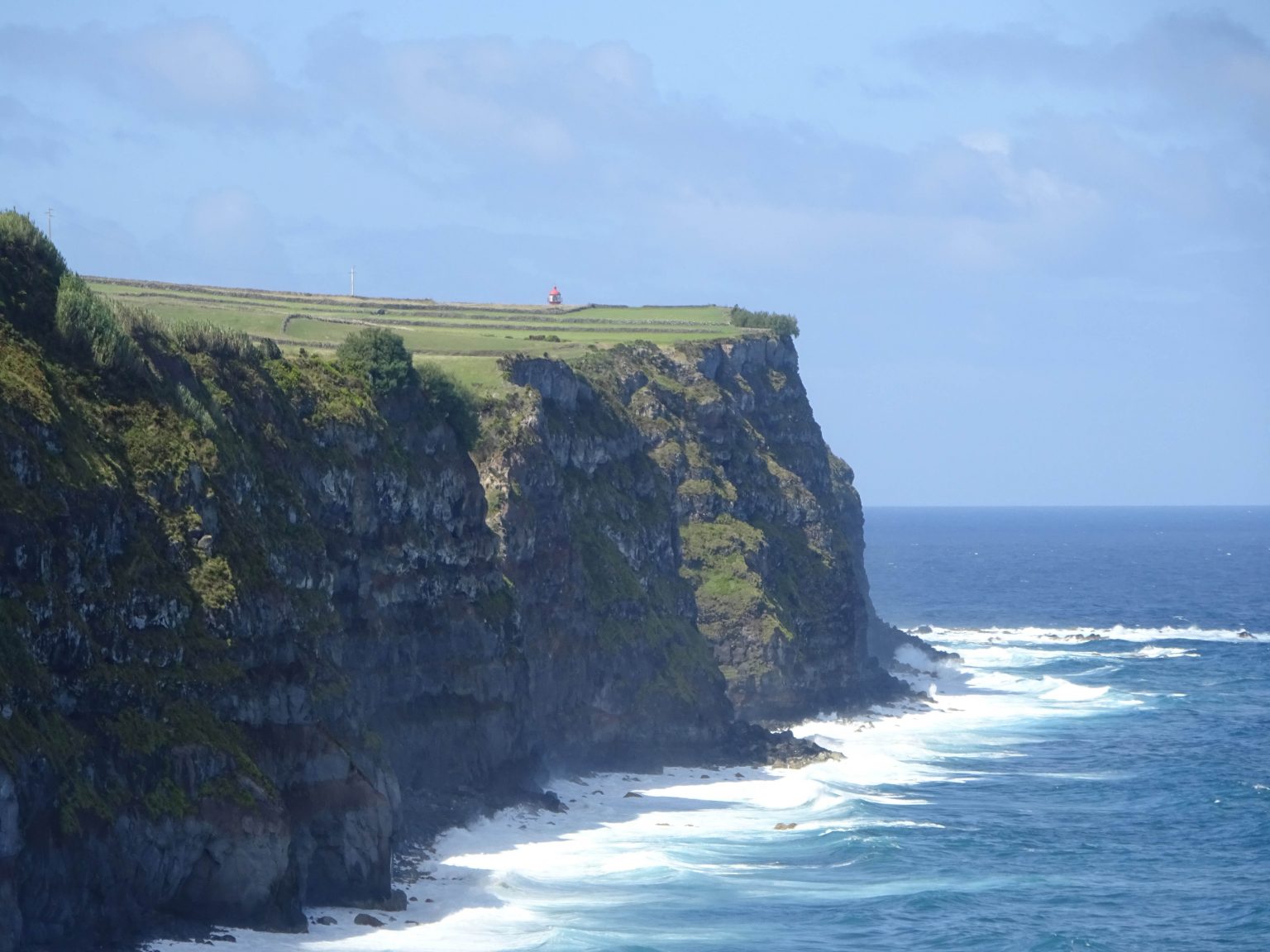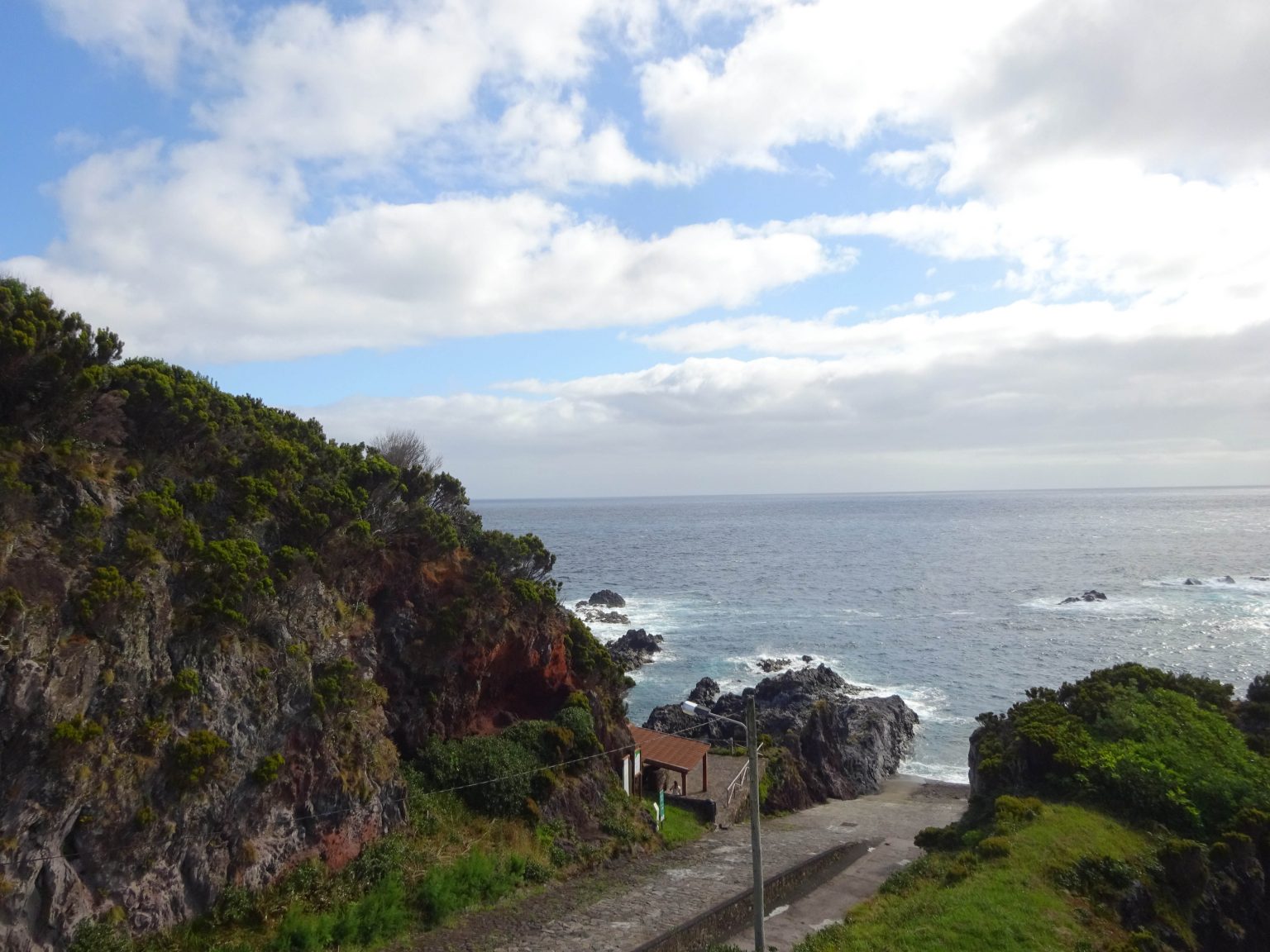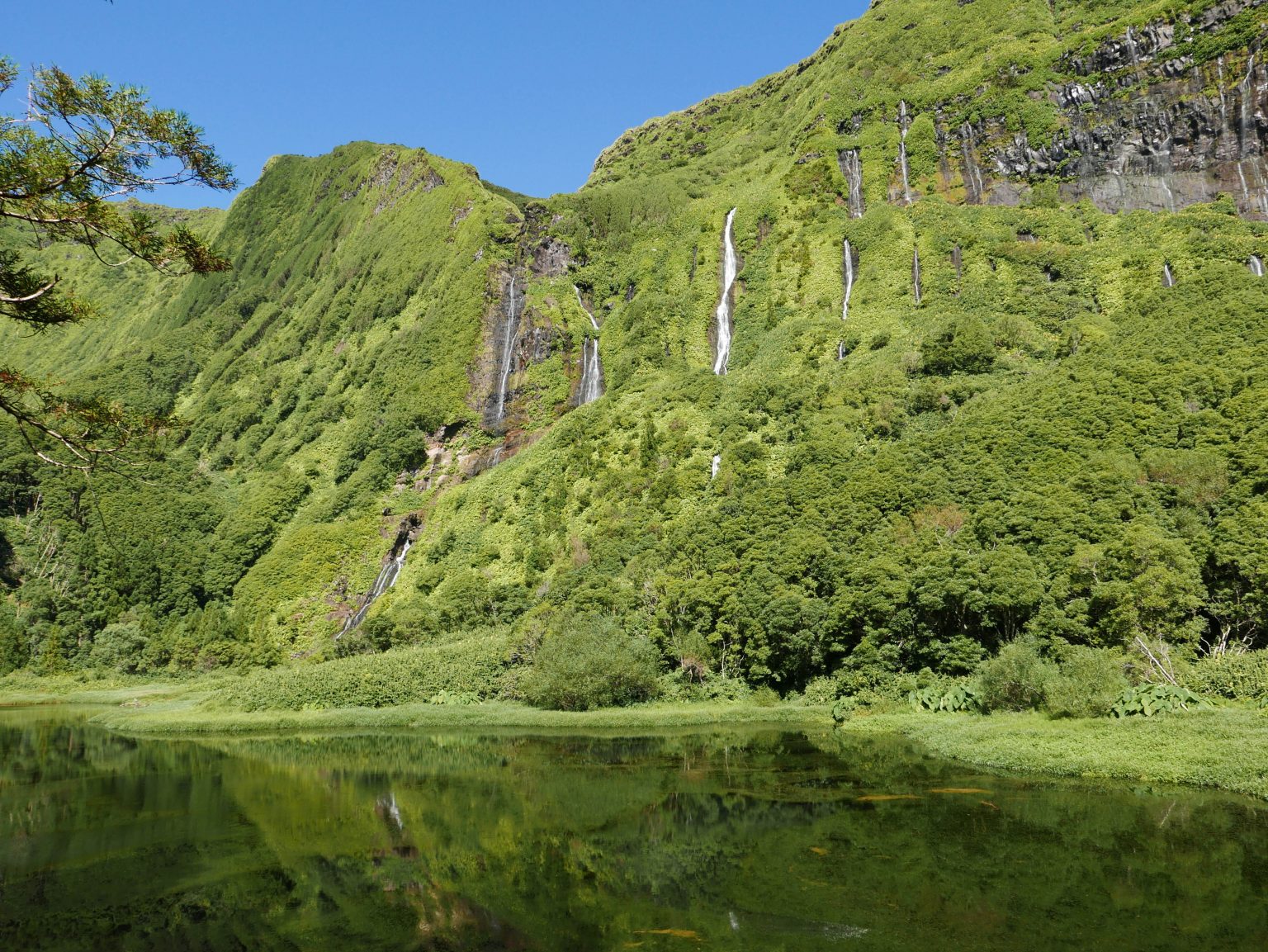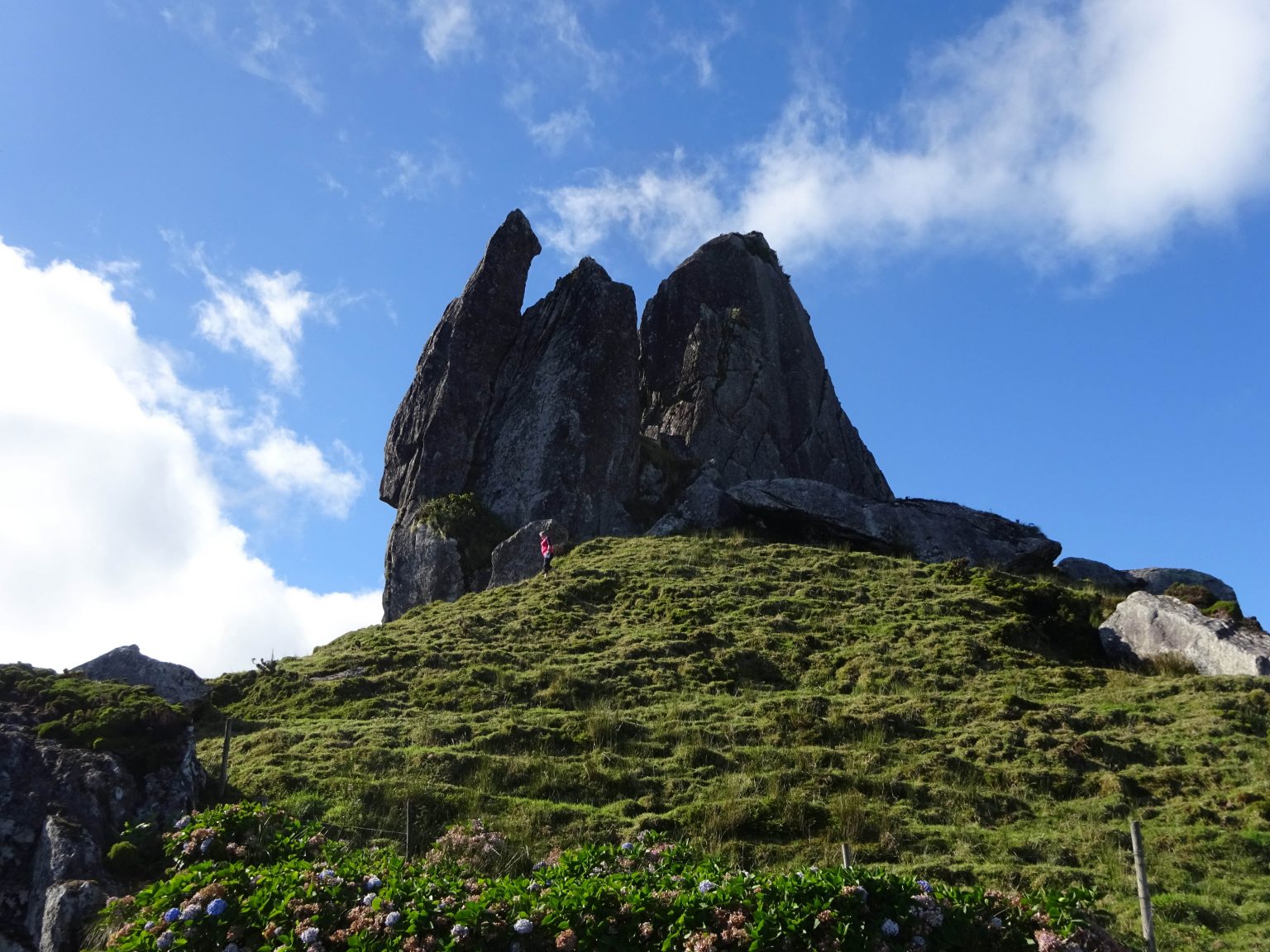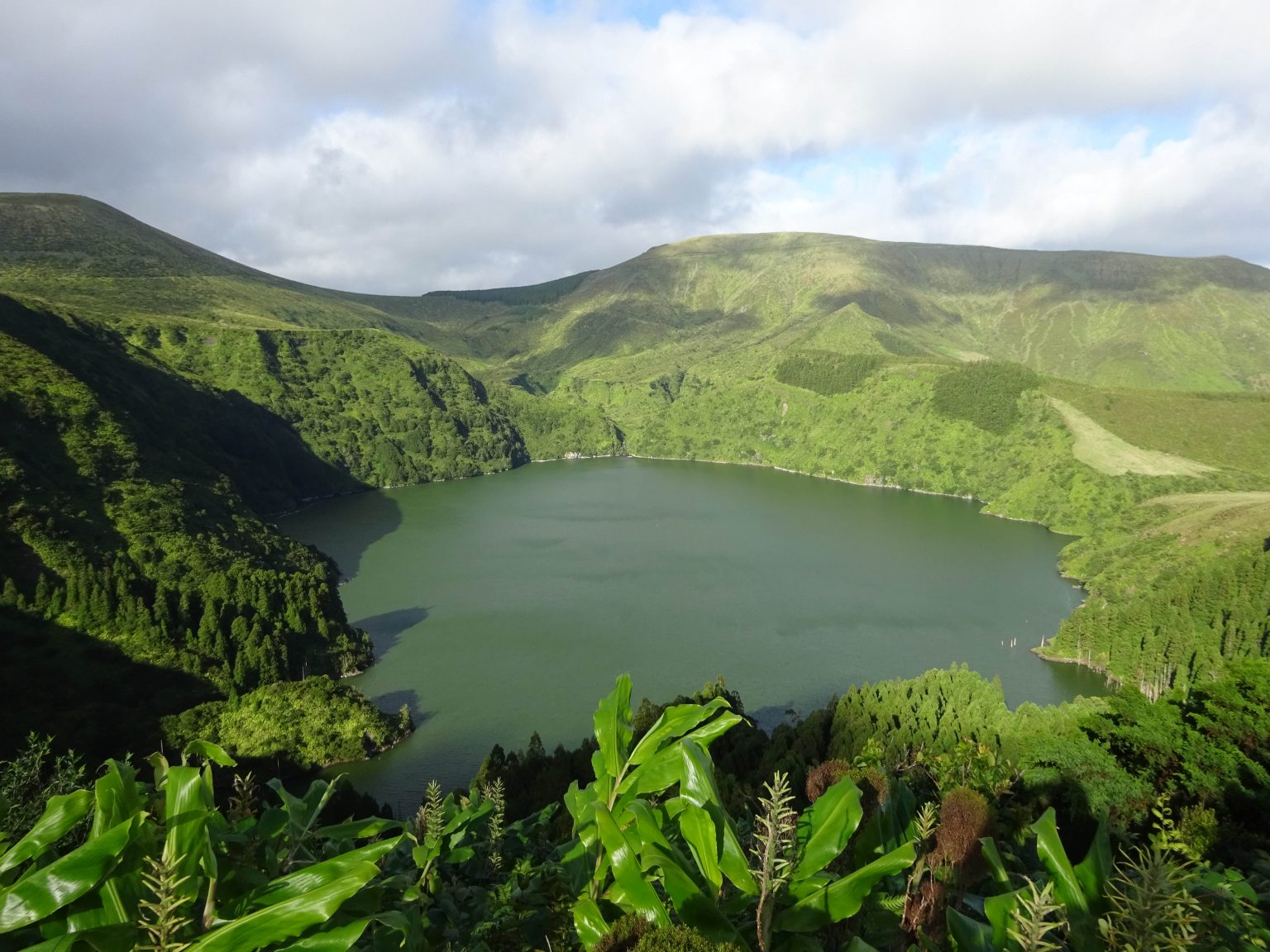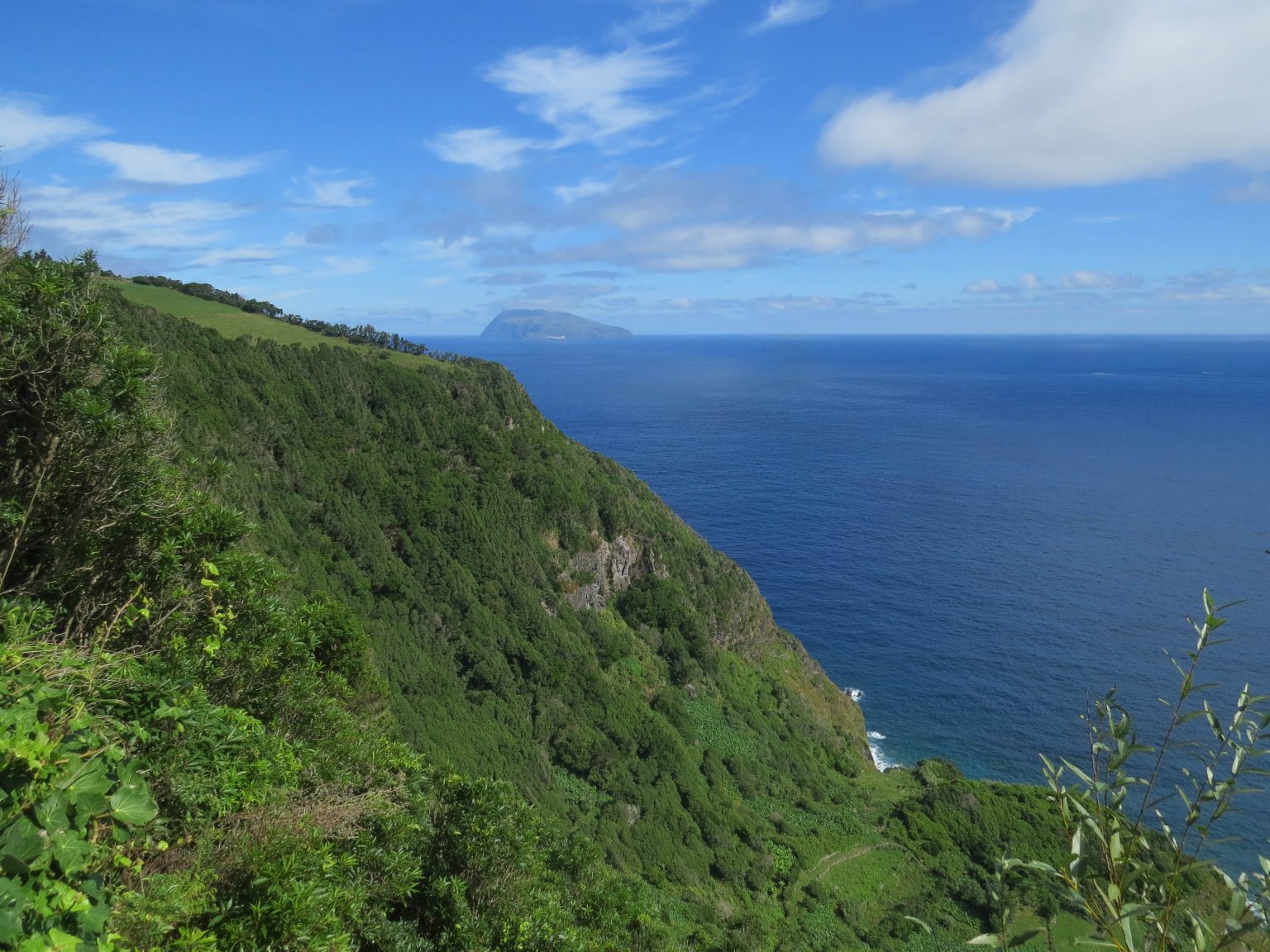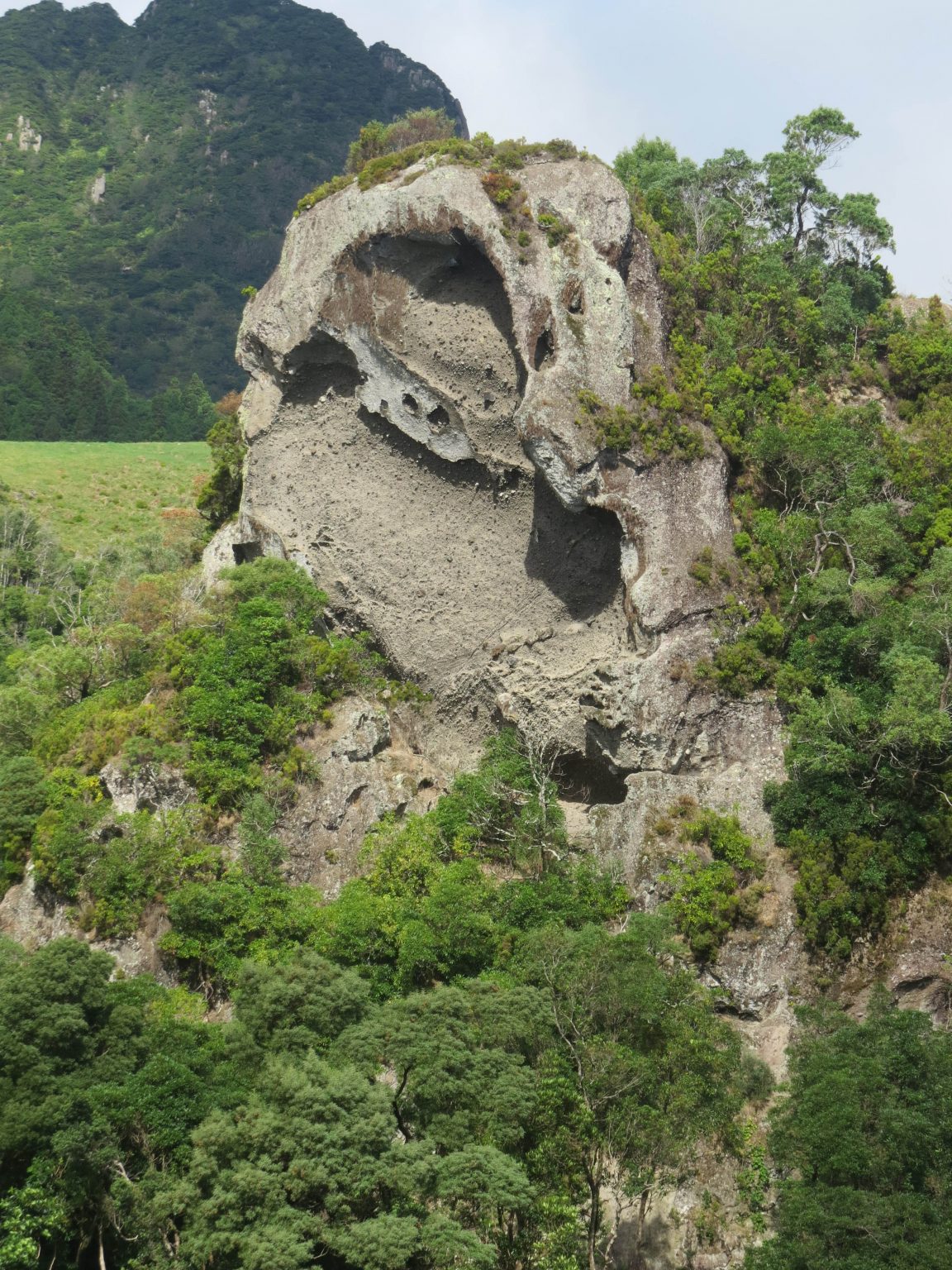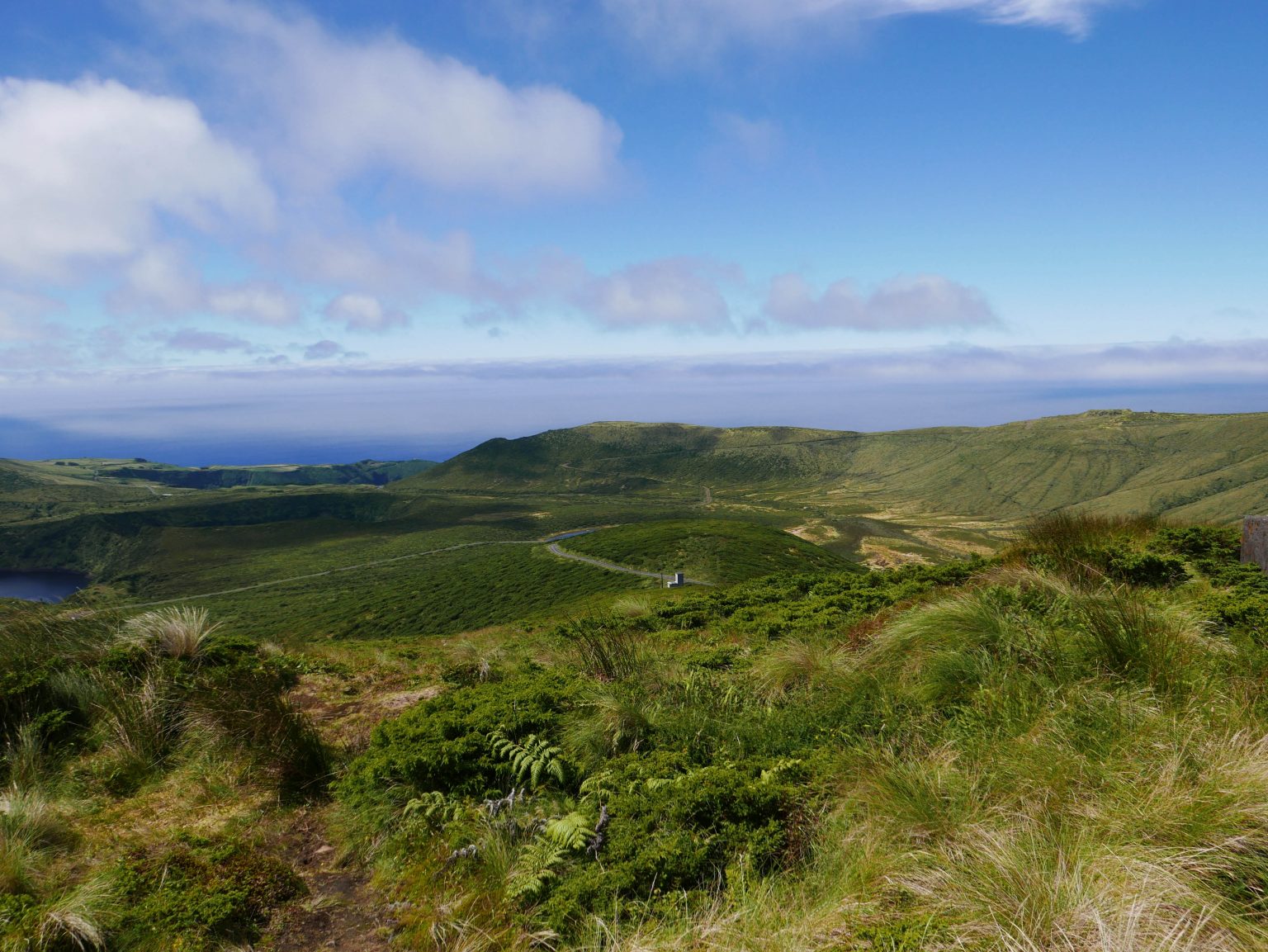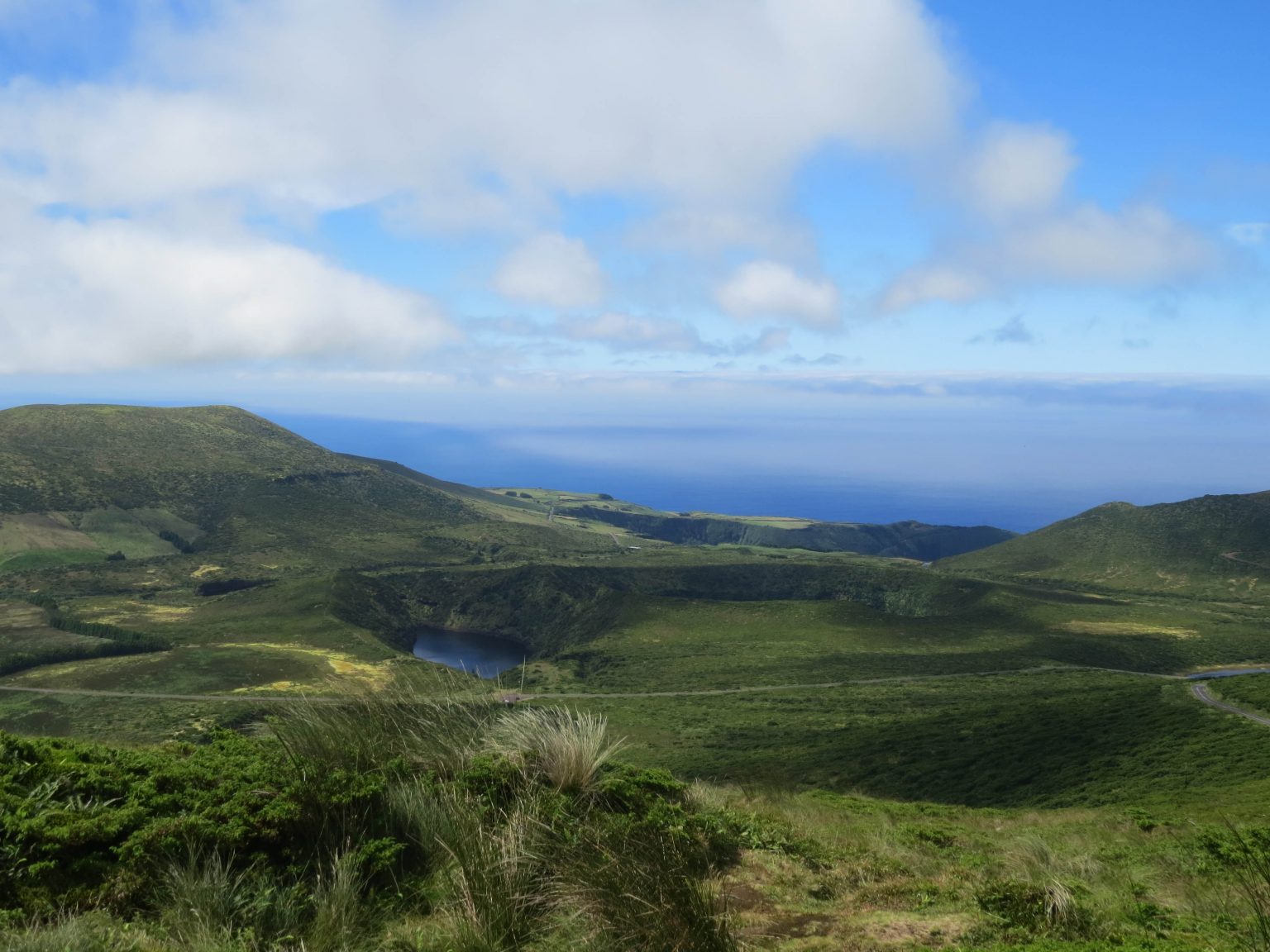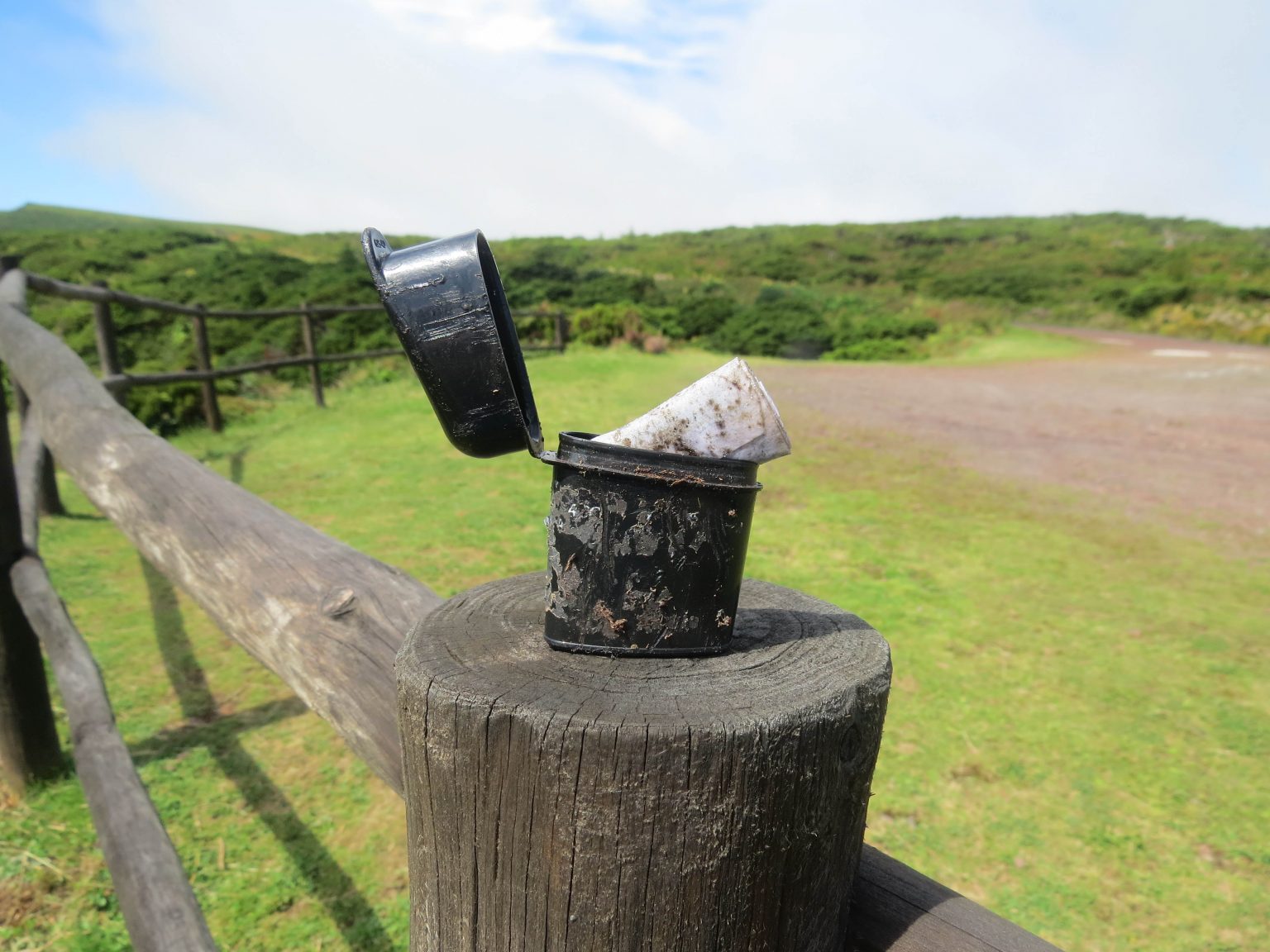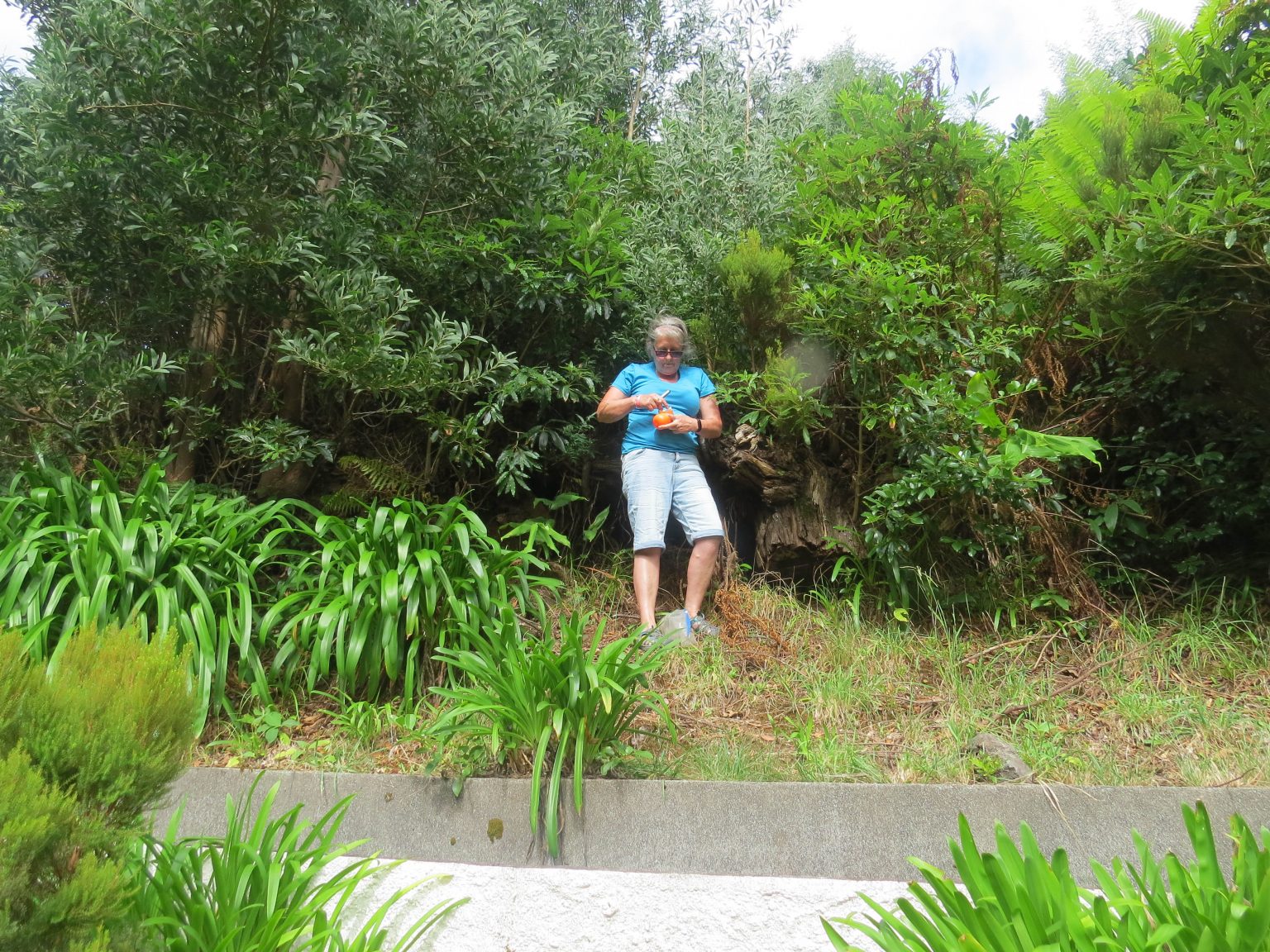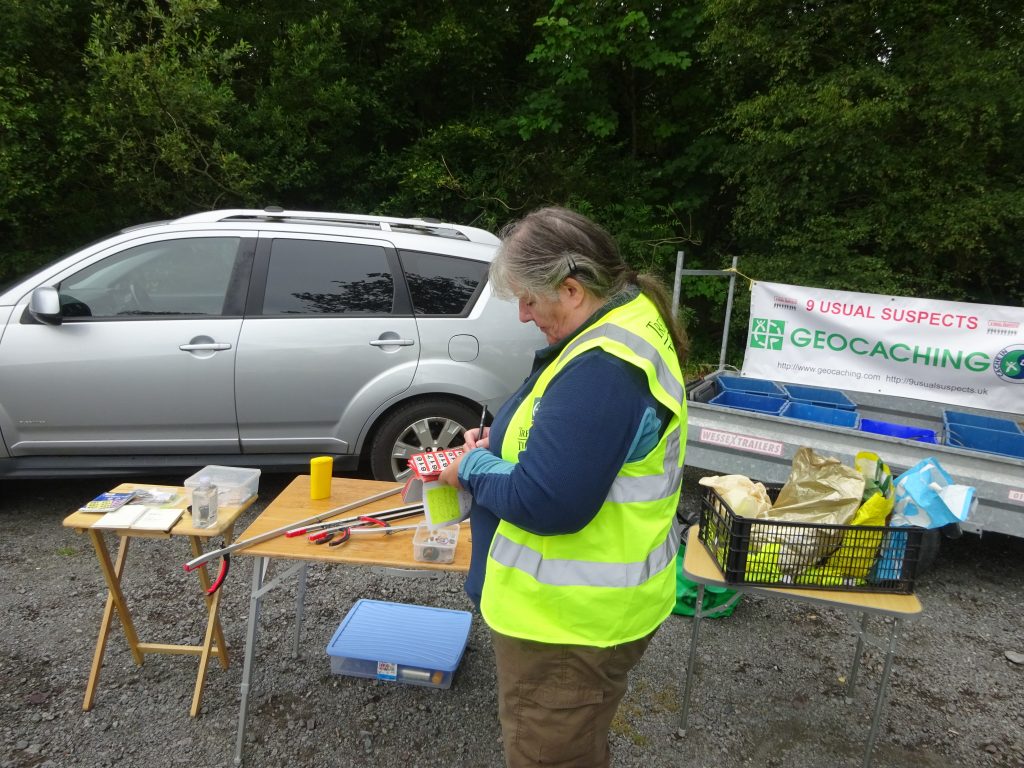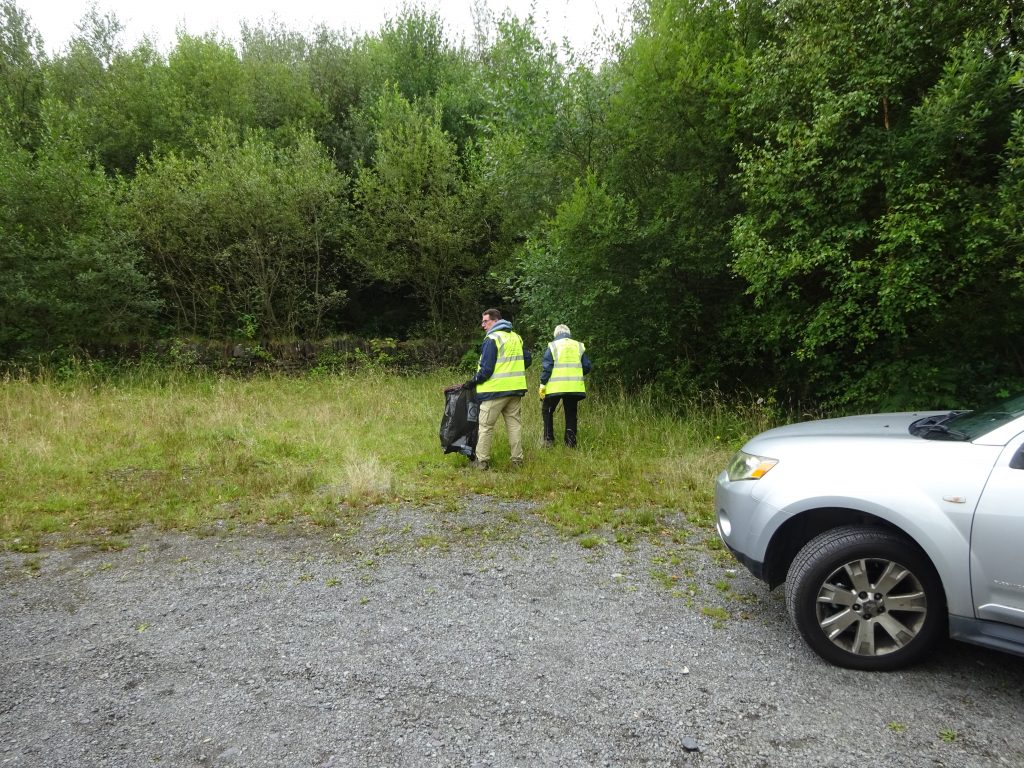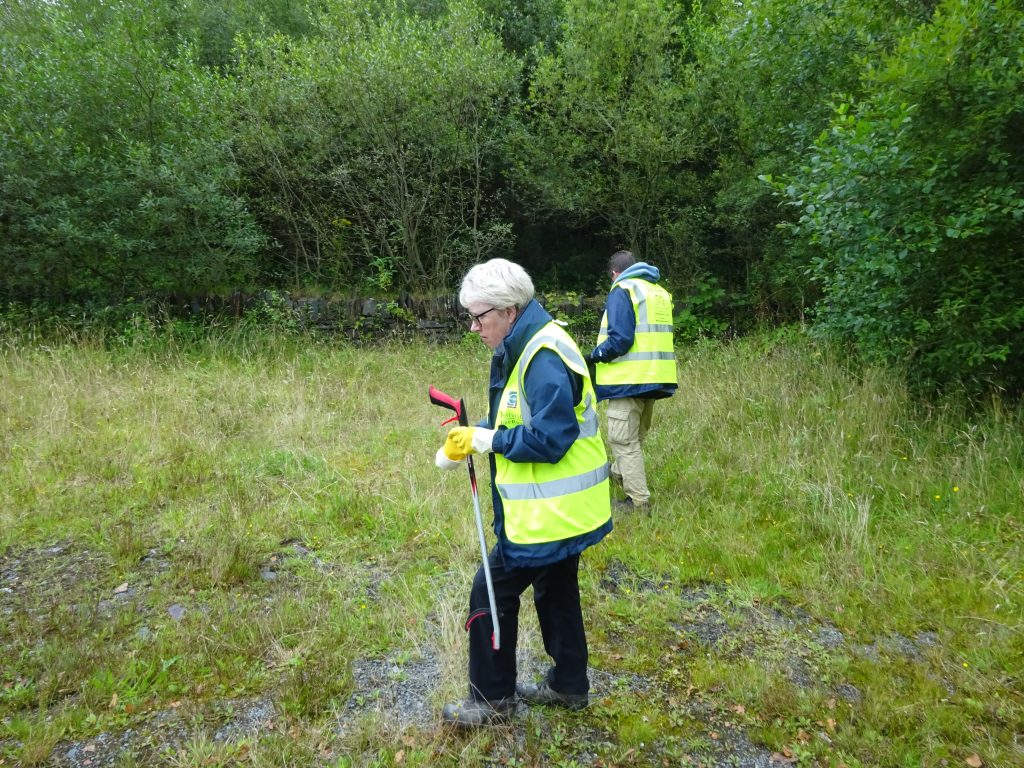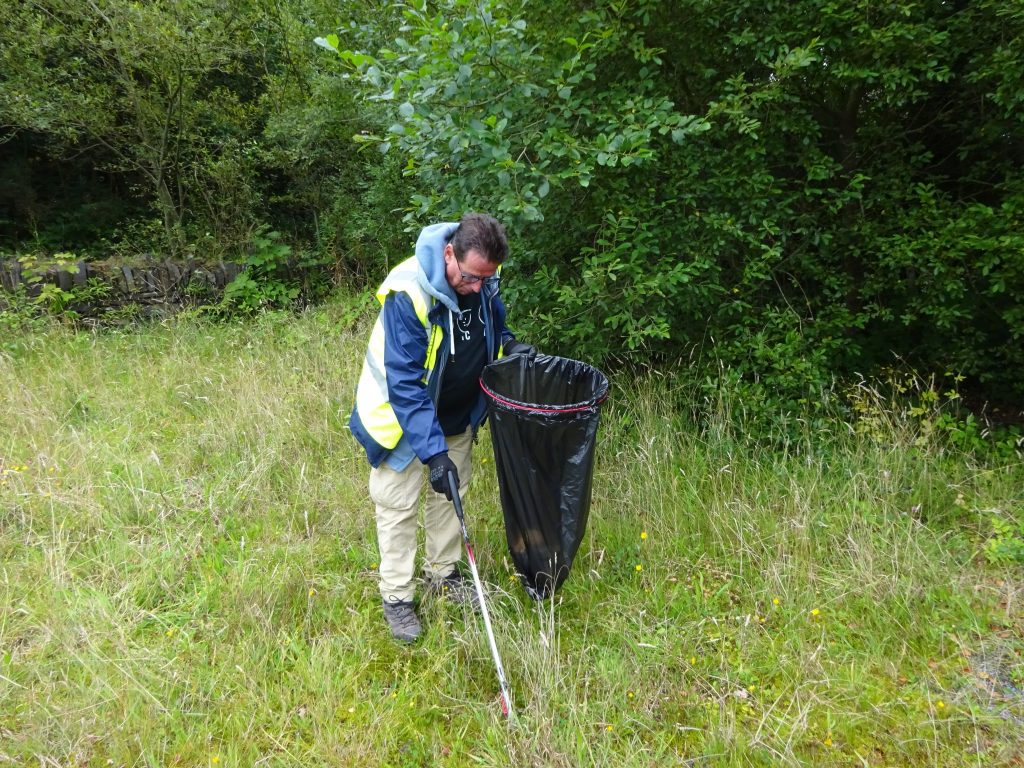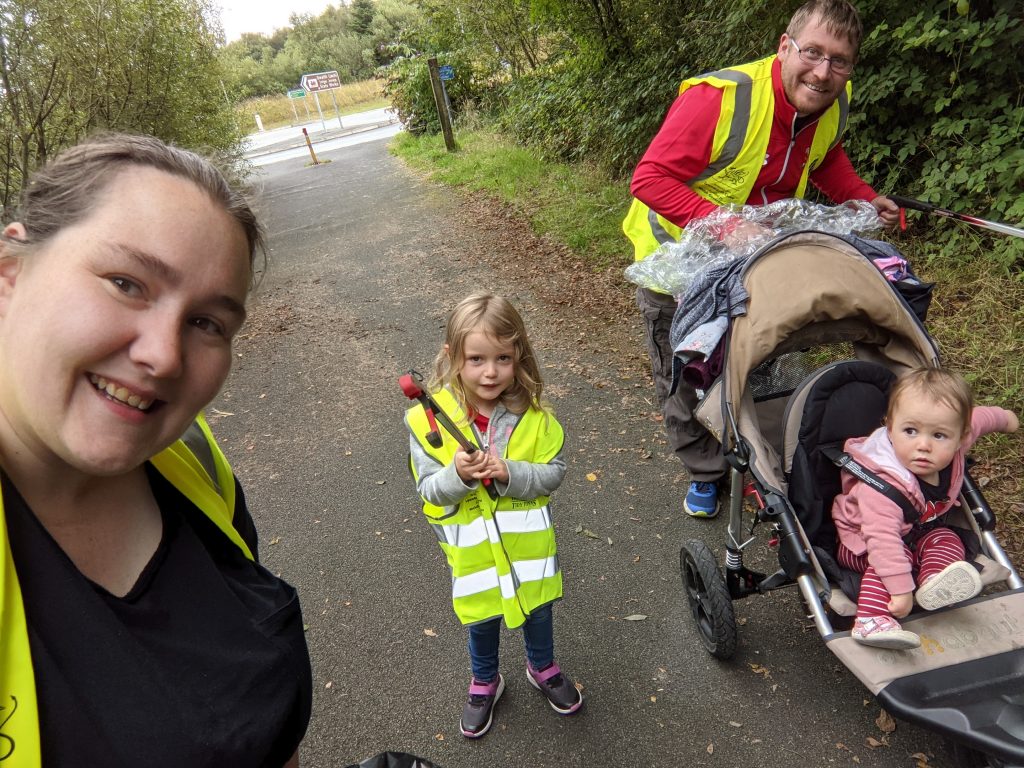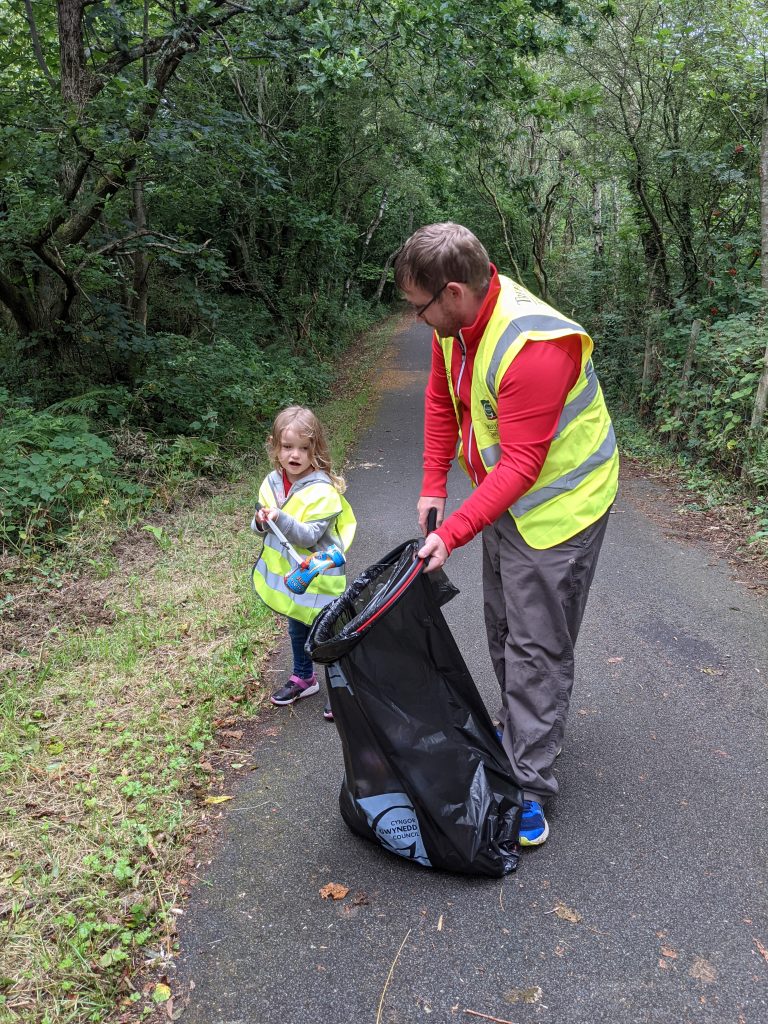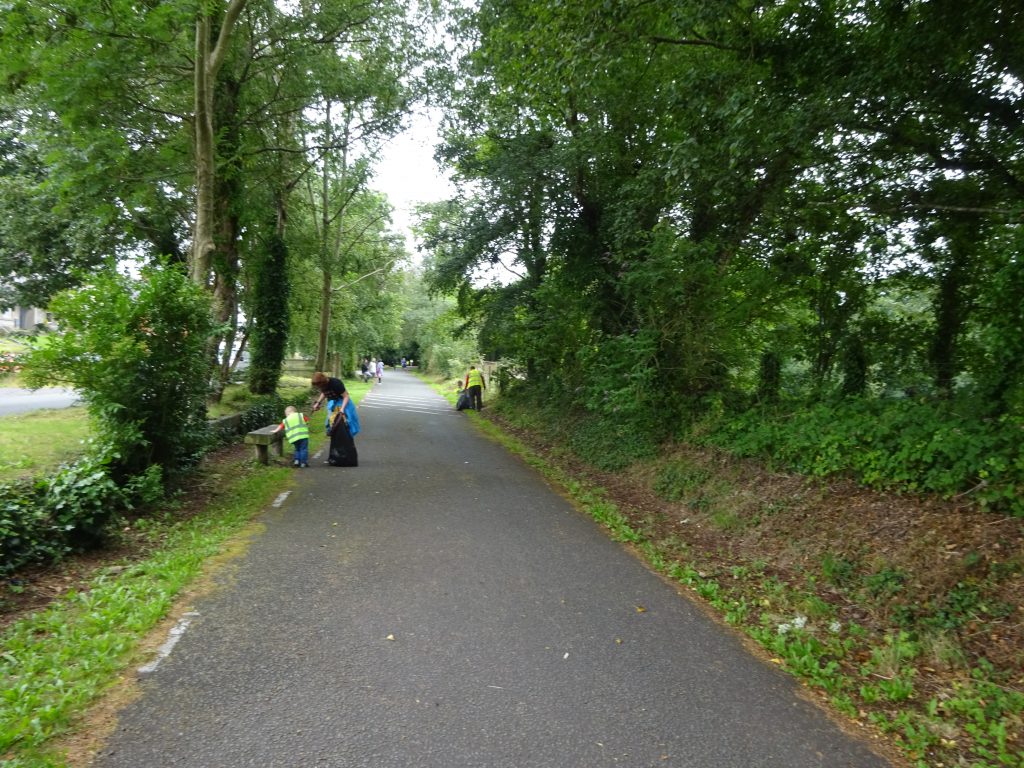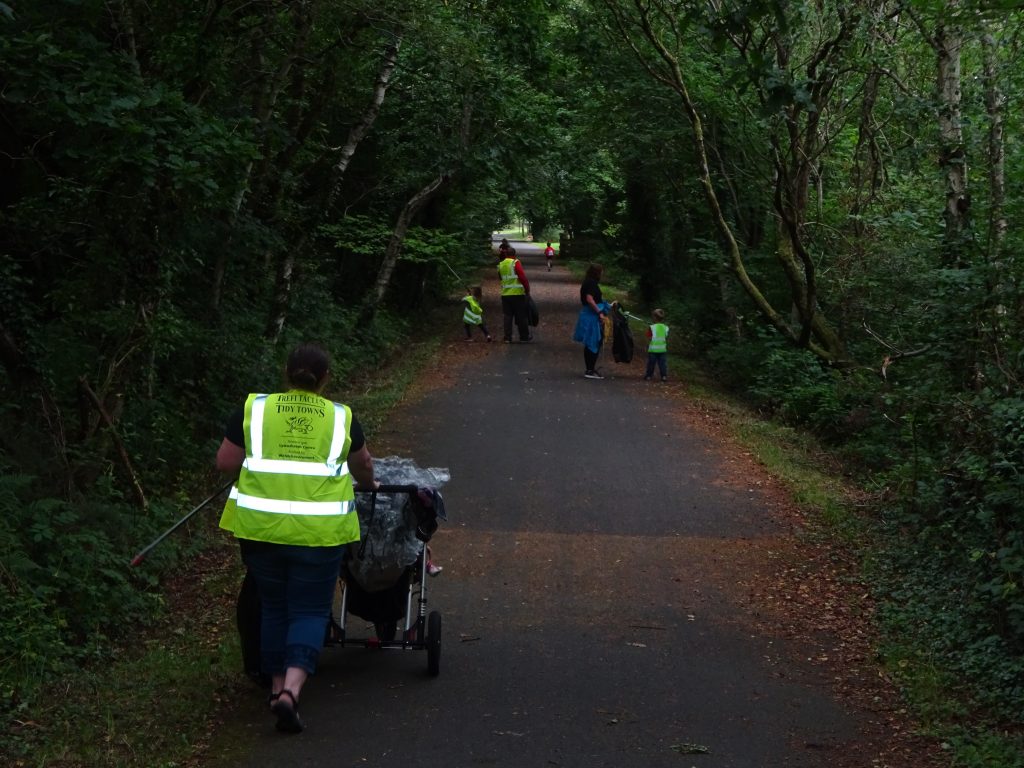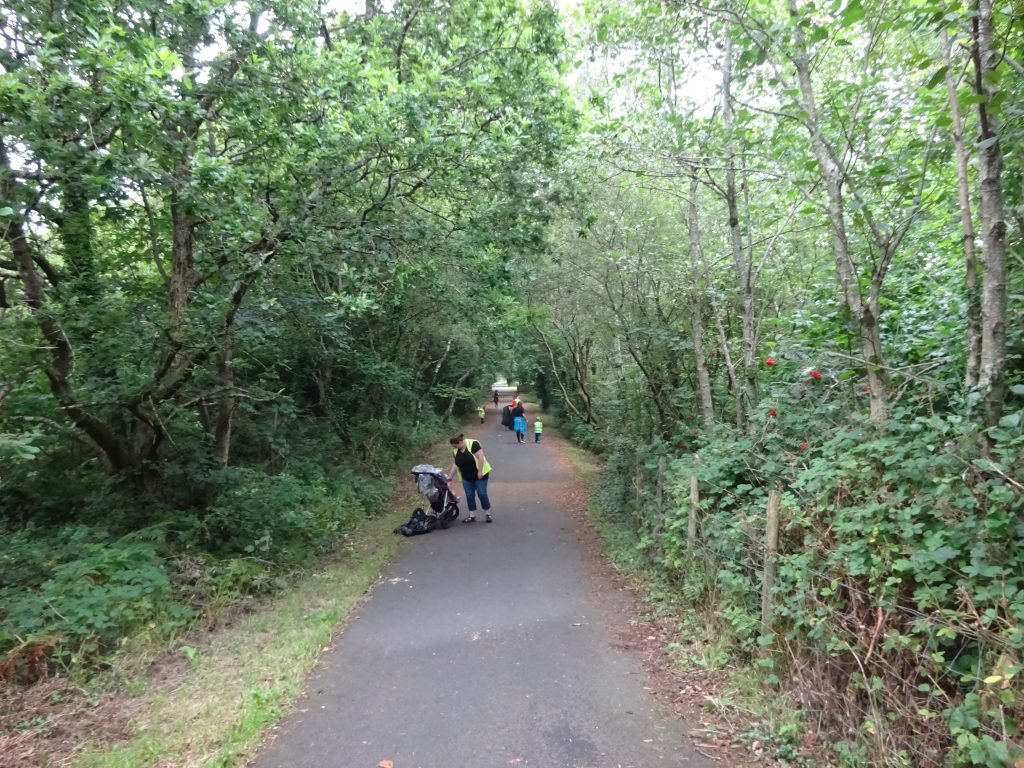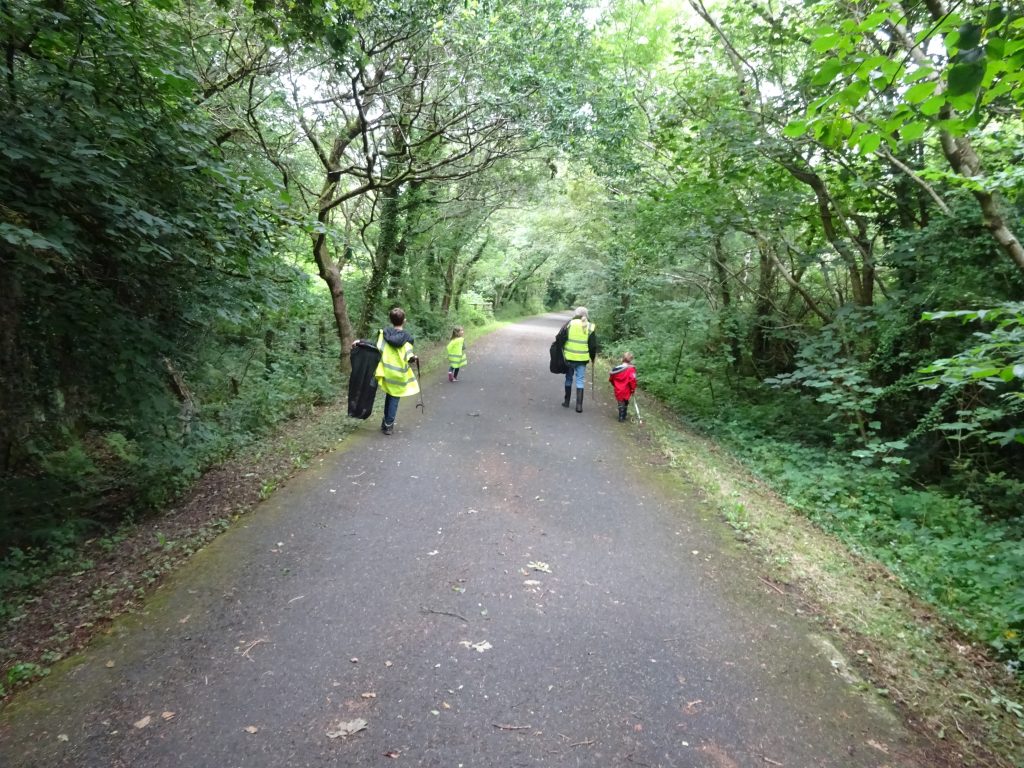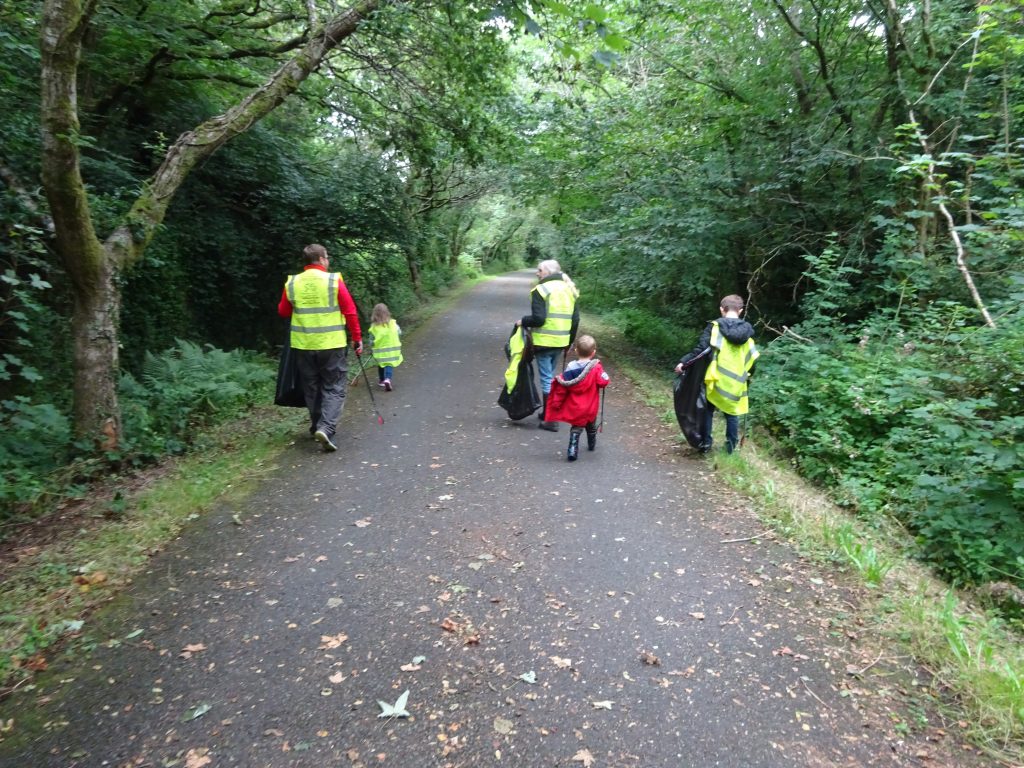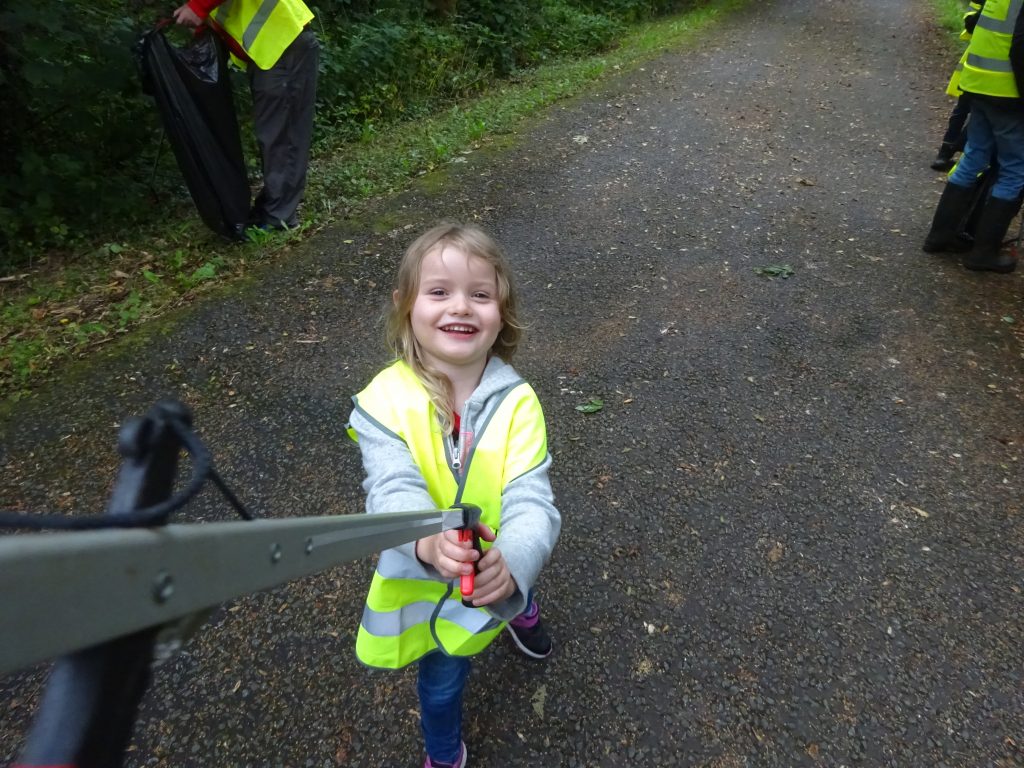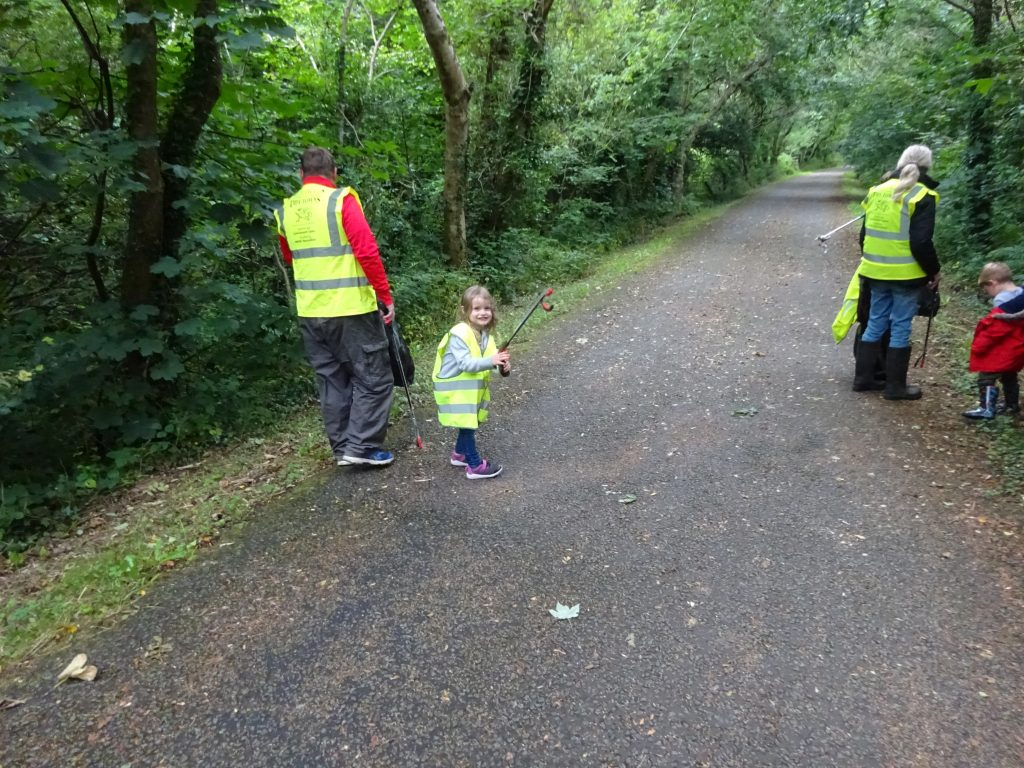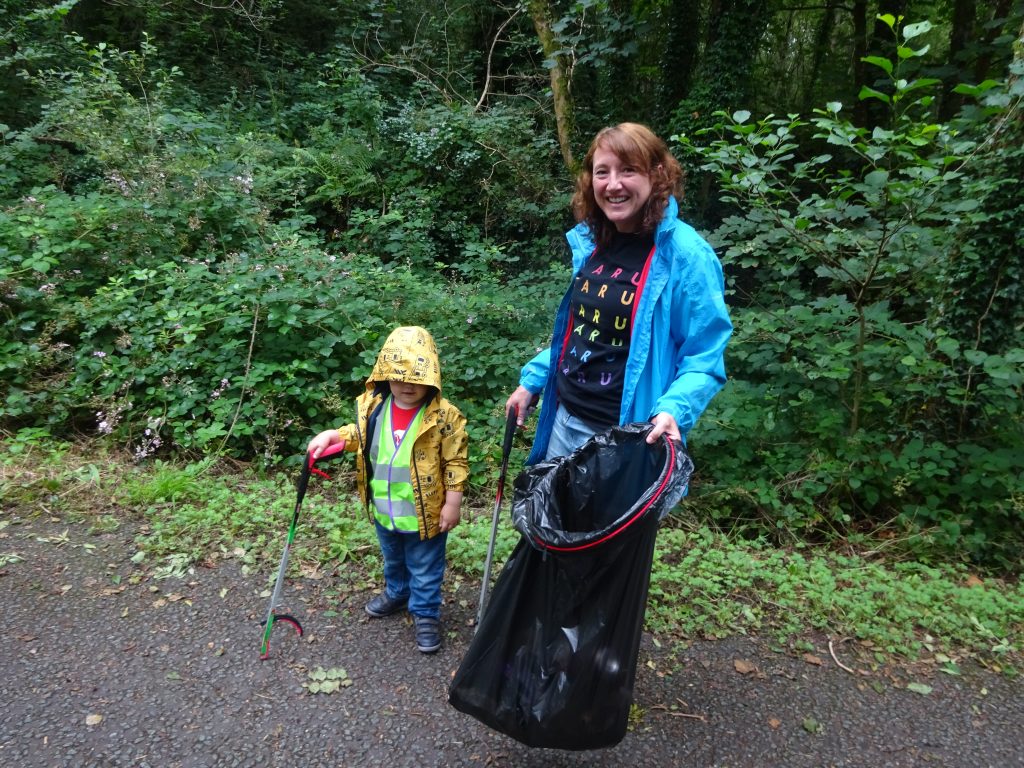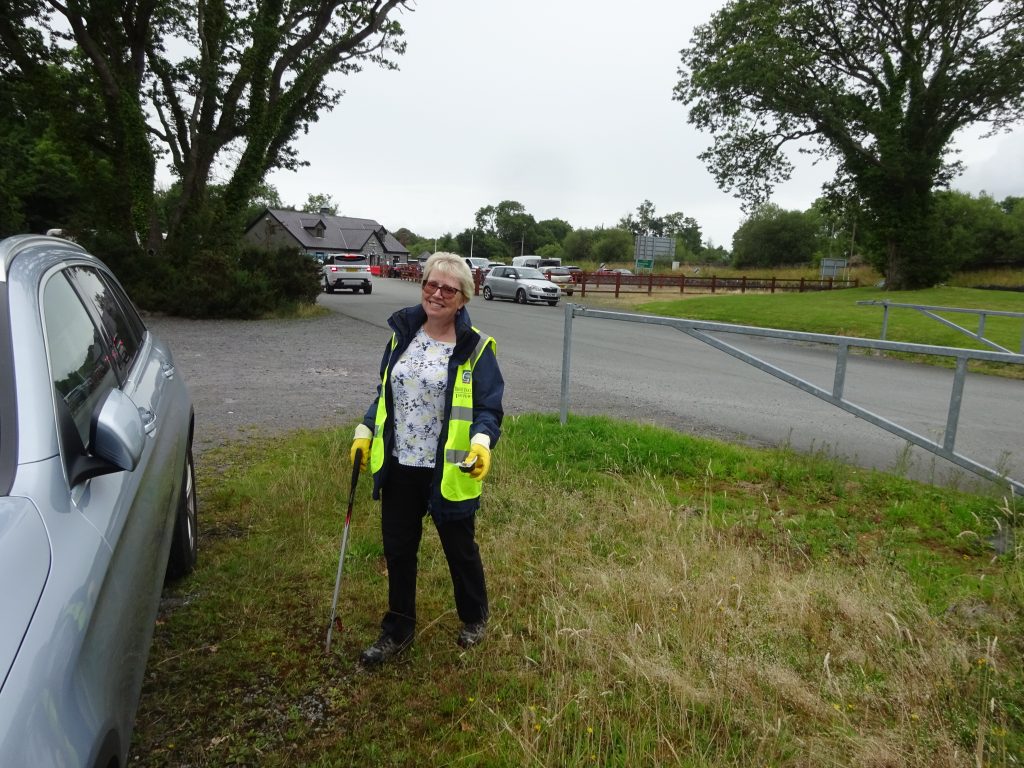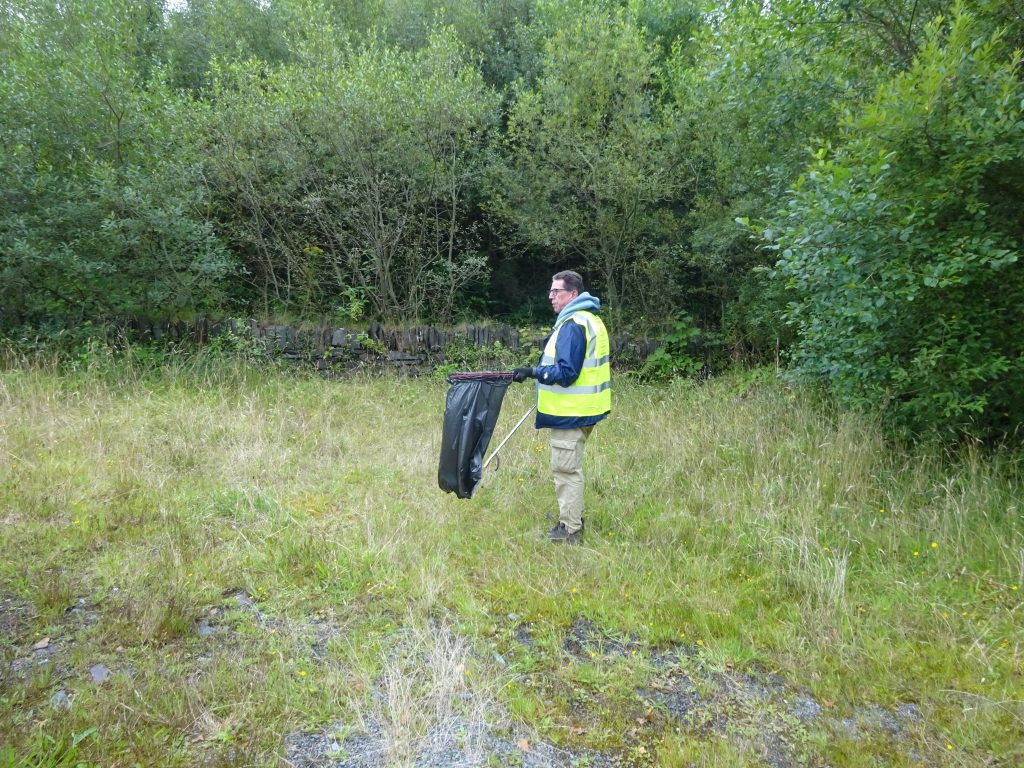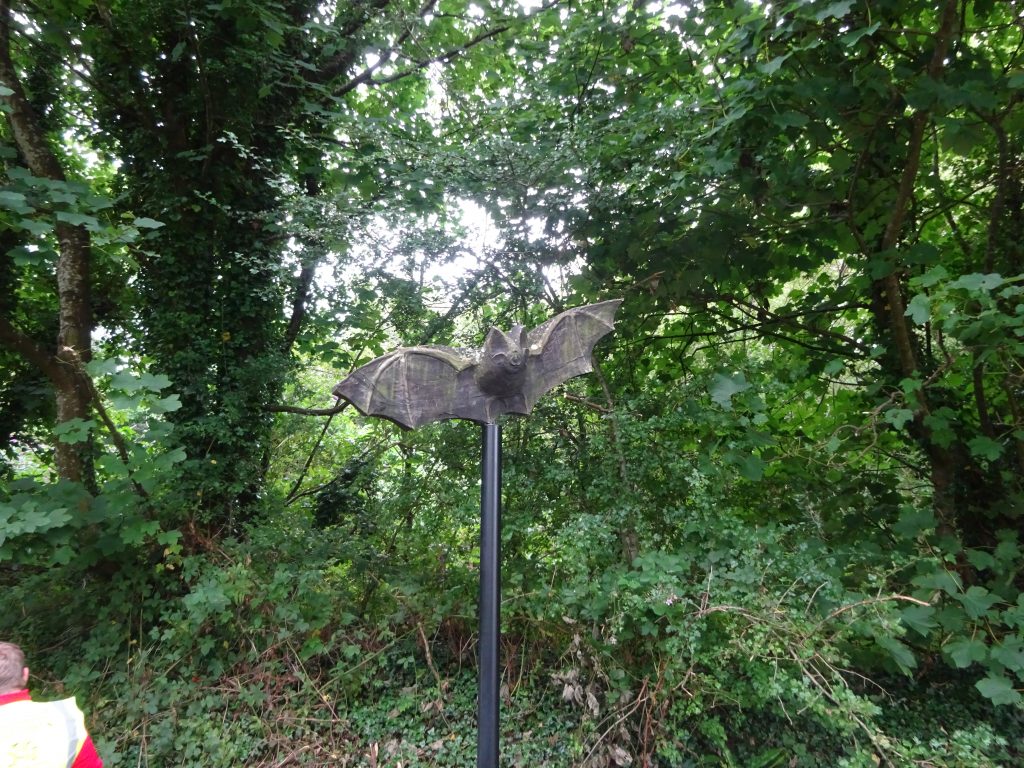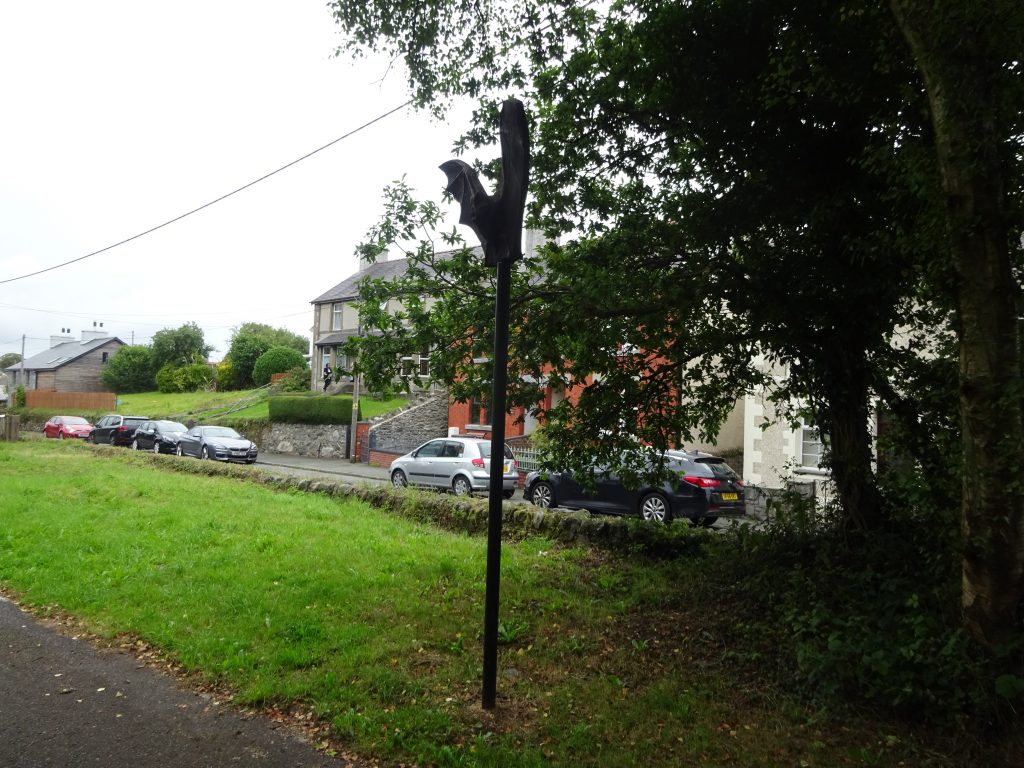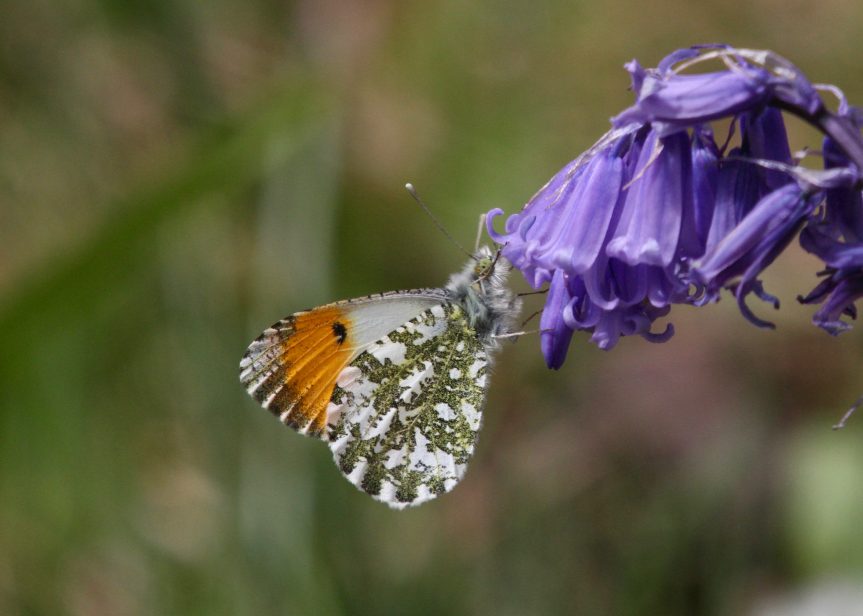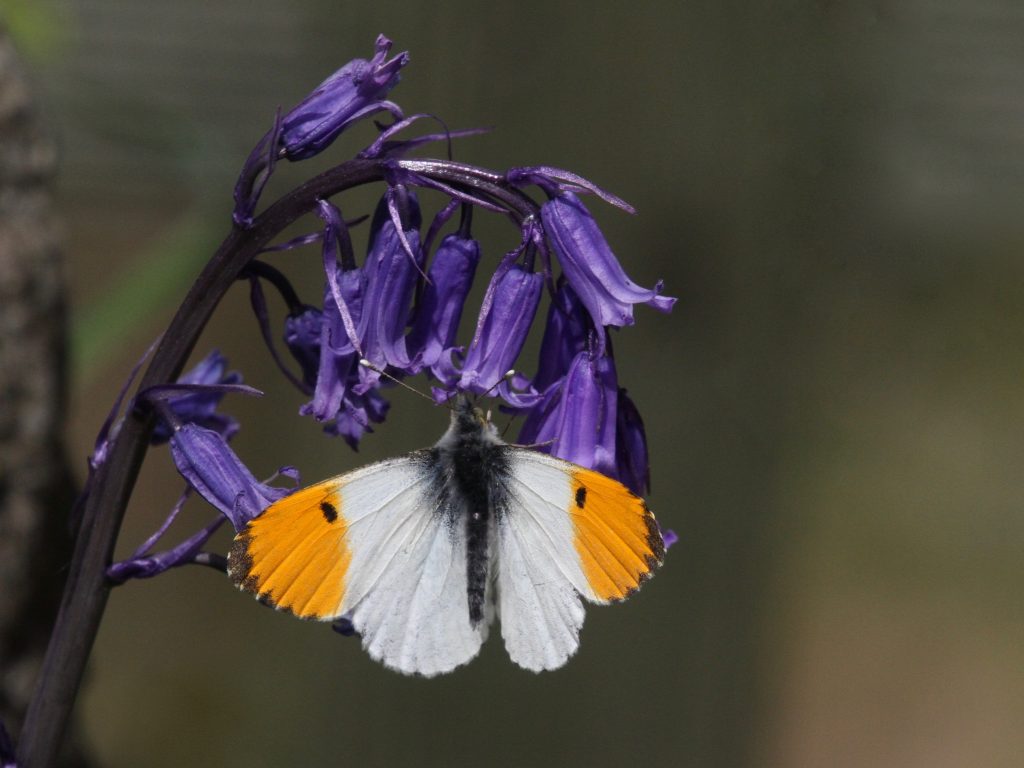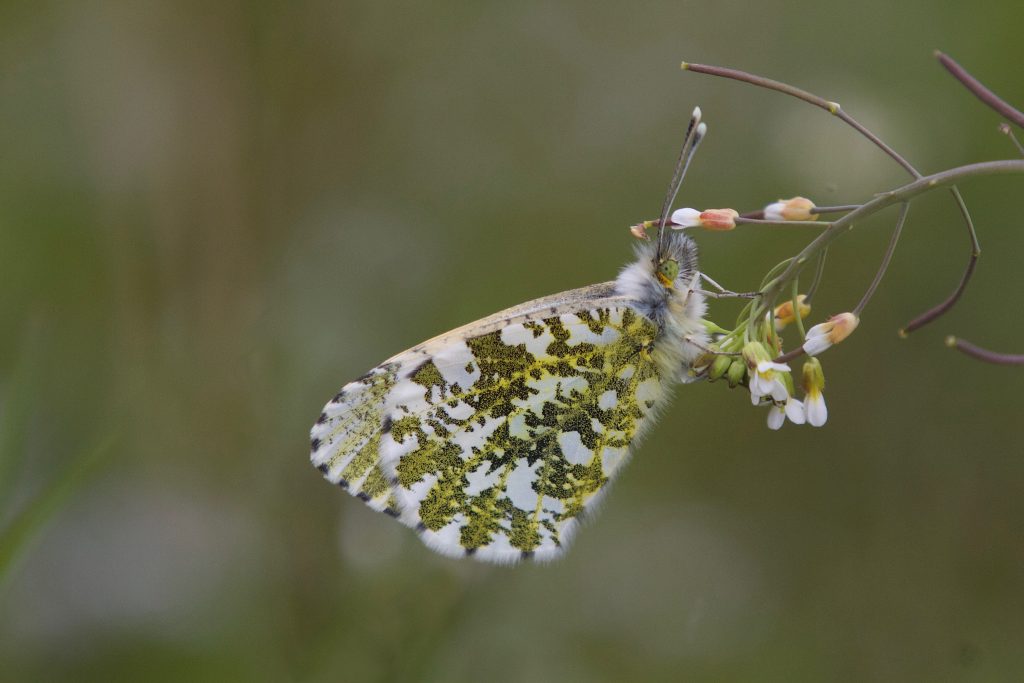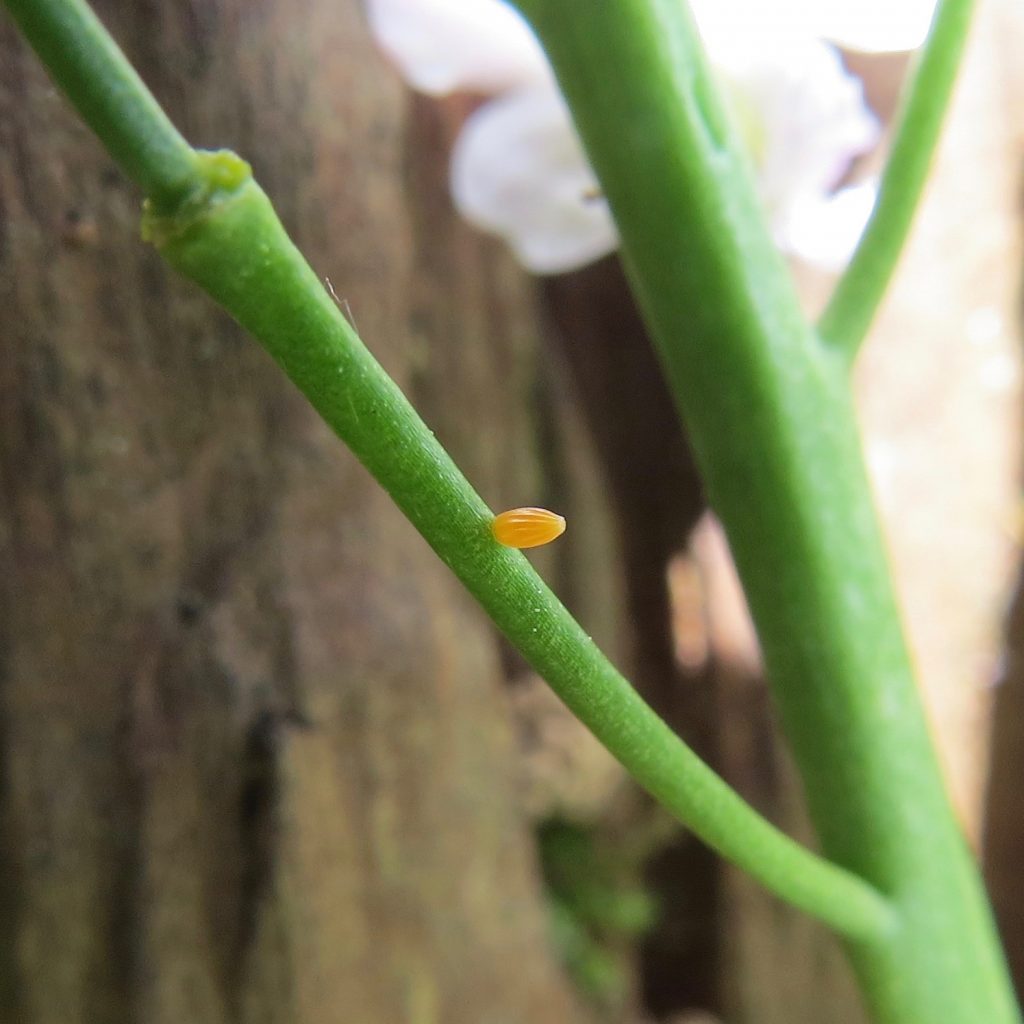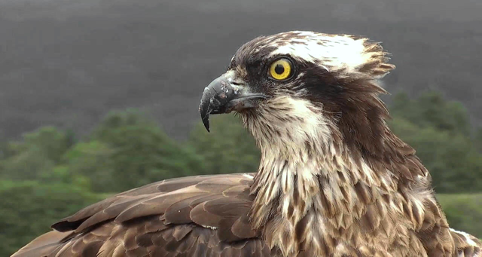As we approach the shortest day in mid December in the UK, on a clear night we see the Geminids meteor shower. This is one of the most active and reliable meteor showers in the astronomical calendar. Although this peaks on the early morning around 14th, it starts on the 4th and extends to the 16th of December. The best time to see this phenomenon is around 02:00 to 03:00 in the morning. The name Geminids comes from the “apparent” source of the shower the Gemini constellation which is currently to the east. That said, meteors from this shower can appear from just about anywhere in the sky, although they will appear predominantly from the direction of the Gemini constellation. Meteors are small stony or metallic natural objects from space usually the remains of a comet or collision between asteroids. When a meteoroid enters the Earth’s atmosphere, it is traveling faster than a speeding bullet, estimated to be greater than 11 km per second (25,000 miles per hour). Friction produced by the collision with the atmosphere, causes them to vaporise, and heat the air around it giving the characteristic trail, any colour is given by the material that is burning usually white for iron-nickel but can be blue, green or red . If the meteor reaches the ground it’s known as a meteorite.
The Geminids are intensifying every year and recent showers have seen 120–160 meteors per hour!
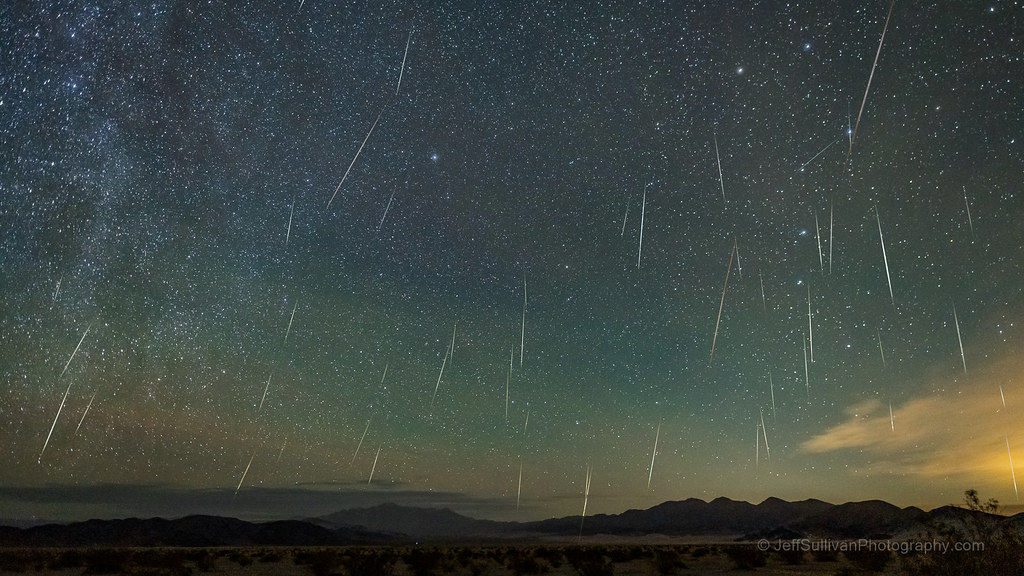
Here’s hoping for a clear sky tonight.

